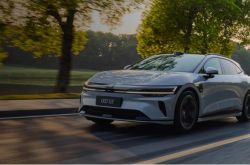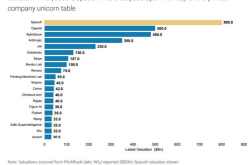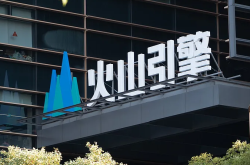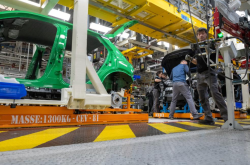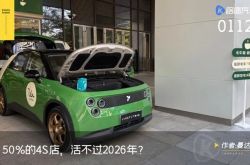Revolutionizing Embodied Intelligence: What to Anticipate from the World Robot Conference?
![]() 08/07 2025
08/07 2025
![]() 499
499
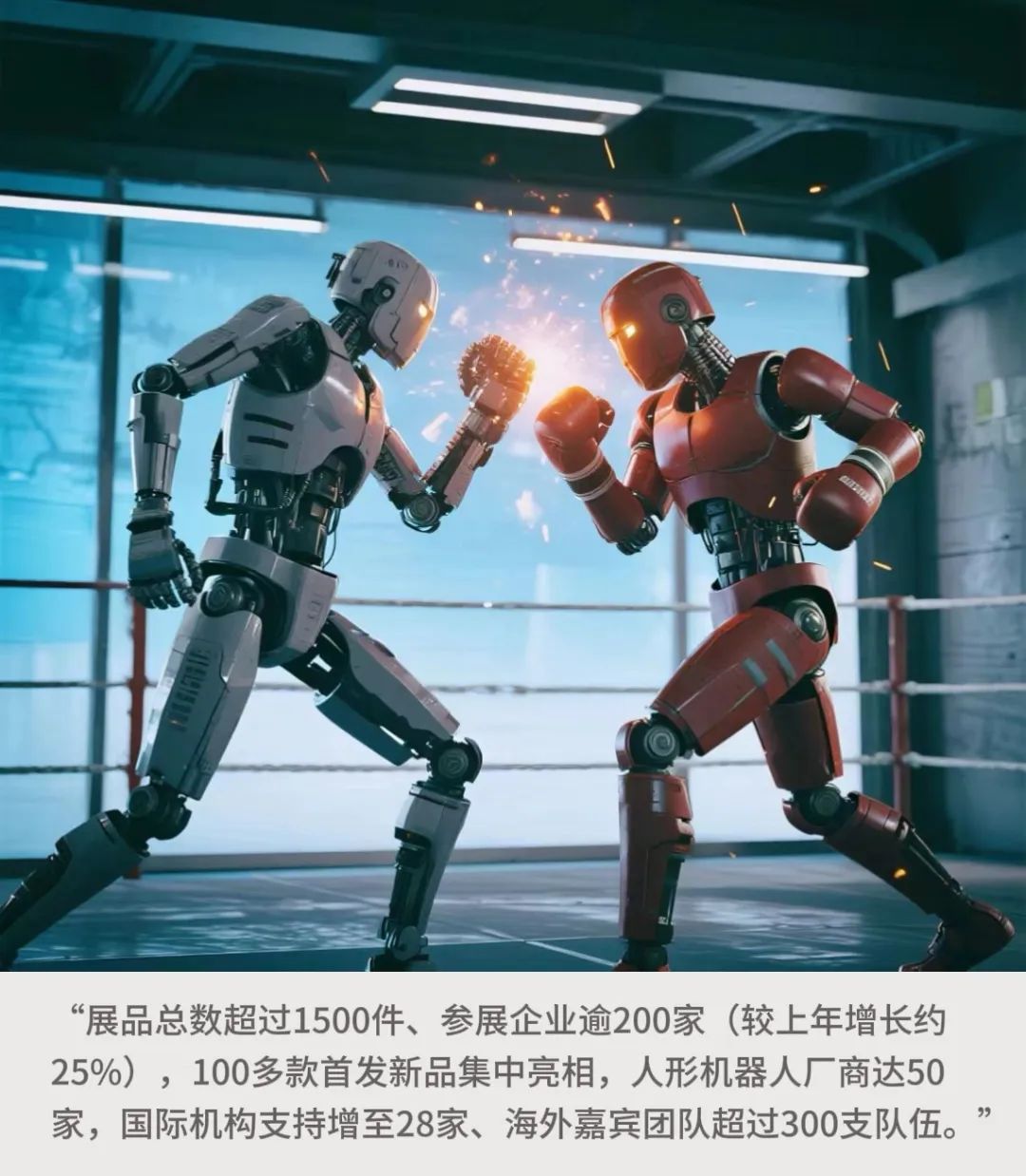
Article by Wang Xian
Produced by JiXin
On April 19 this year, the Humanoid Robot Half Marathon was held in Beijing's Economic-Technological Development Area, with Tiangong Robot taking the lead and securing the championship. From the 14th to the 17th of this month, the World Humanoid Robot Games, the world's first large-scale event featuring humanoid robots, will be hosted at the National Speed Skating Oval "Ice Ribbon." Over 100 Chinese and foreign teams will showcase their diverse capabilities across 26 scenarios, ranging from street dance and martial arts to factory handling and hotel services.
Nestled between these two events, the World Robot Conference (WRC), a global conference on embodied intelligence, will open in Yizhuang, Beijing.
Compared to last year when "embodied intelligence" first emerged, its popularity has soared this year: in the first seven months of 2025 alone, there have been 141 domestic financing events related to embodied intelligence, totaling over 23 billion yuan, surpassing the entire year's total for 2024. Milky Way General, Xinghai Map, Cloud Depth, and Xingdong Epoch account for over 80% of the disclosed financing amount in Q3, while industrial capital such as Meituan, CATL, and Beijing Robotics Fund is replacing pure financial VC and becoming the primary funding force. The sector is gaining increasing attention, and capital's emphasis on "delivery capacity" and "scenario implementation" is advancing.
Yet, even more intense than the capital influx is the early outbreak of territorial competition—the industrial trend is quietly shifting.
Automotive companies, AI firms, and system platform giants are entering the field comprehensively, bringing with them vehicle-level manufacturing capabilities, large-model computing power resources, and full-link ecosystem integration capabilities, directly targeting the technological moat of existing players.
On the eve of the World Robot Conference, the question becomes strikingly clear:
Will this session mark a true turning point for the robot industry?
01 Giants Enter the Arena, Becoming a New Core Variable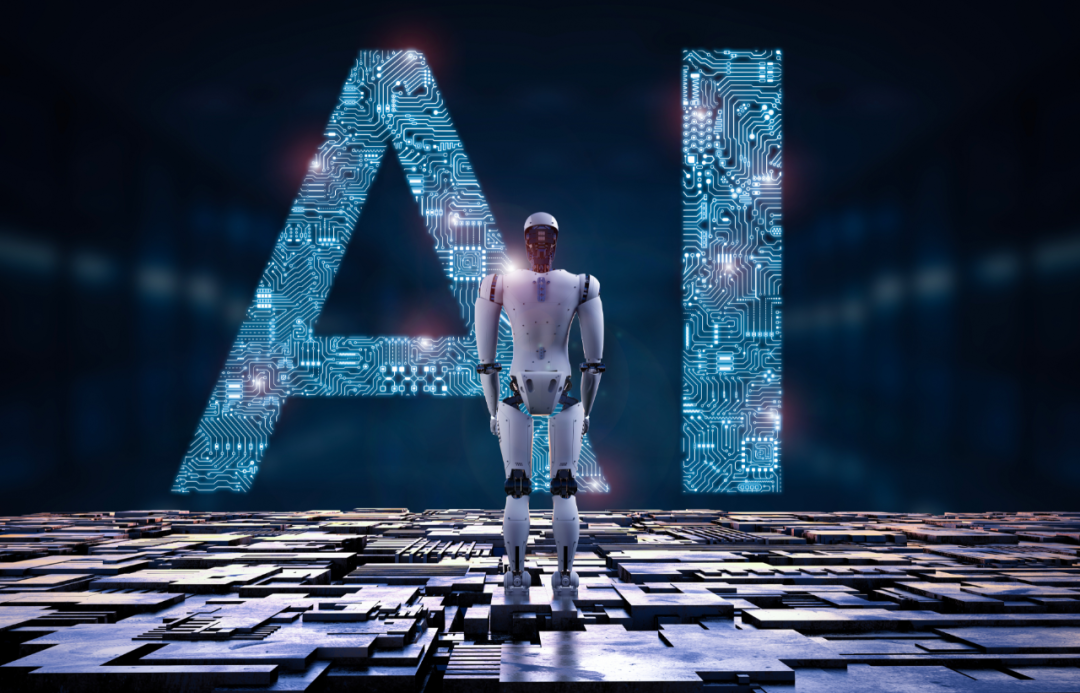
Based on a highly compatible technological foundation and industrial synergy path, the entry of automotive companies is particularly noteworthy—they stand on the shoulders of giants, with many wheels already in motion for robot manufacturing.
Humanoid robots and smart cars overlap significantly in perception, decision-making, execution, and other modules. Automotive companies' deep expertise in sensors, chips, batteries, and autonomous driving algorithms can be nearly "translated" to the robot field, significantly accelerating its development.
More importantly, automotive companies have already established mature supply chains and manufacturing systems. From product design, parts integration, to production line debugging and quality control, automotive companies naturally excel at mass production and can swiftly push robots from the prototype stage to mass delivery. Tesla, for instance, utilized its factory manufacturing capabilities as the foundation for its Optimus humanoid robot, planning to roll out small-scale production in 2025 and expand production tenfold from 2026 onwards. In China, Xiaopeng's Iron humanoid robot, powered by self-developed chips and end-to-end large models, is set to enter production lines before households, outlining a closed-loop logic of "from workshop to living room." GAC Motor launched its third-generation humanoid robot with a wheel-foot fusion structure, while Great Wall made a strategic investment in Unitree Robotics to venture into the quadruped field. Even Xiaomi is advancing on two fronts—testing CyberOne on its own production line and expanding service robot scenarios leveraging its strengths in the automotive chain and AIoT fields.
It's evident that the trend of automotive companies manufacturing robots has already commenced. According to statistics, nearly 20 automotive companies worldwide have announced their entry into the humanoid robot field. They bring capital, technology, and engineering dividends, injecting a genuine sense of "industrial-grade acceleration" into the robot industry through a combination of "technology reuse + supply chain synergy + scenario self-operation".
The entry of AI large model giants is poised to reshape the threshold of the robot sector from the "intelligence" level.
Currently, most robots are still shackled by "low intelligence" and "weak generalization," relying on preset tasks and struggling to respond flexibly in complex environments. This is precisely where artificial general intelligence (AGI) shines. AI companies proficient in large model training are accelerating the migration of their algorithm systems to robots, aiming to establish full-link intelligence integrating perception, language, and motion control.
Large technology companies such as OpenAI, Google, Microsoft, as well as domestic firms like Baidu and Tencent, with their vast computing power and algorithmic talent, have begun migrating general AI models to the robot field. For example, Figure, a company invested in by OpenAI, has developed the Helix large model, aiming to uniformly handle robot perception, language, and motion control to overcome adaptability challenges in complex environments. Domestic startups like Zhiyuan Robotics have also launched the general embodied large model GO-1 and open-sourced its humanoid robot base platform, focusing on "making large models the brain of robots." The humanoid robot "Mornine," developed by Chery Automobile in collaboration with the AI company Aimoga, is embedded with a large language model and possesses the ability to engage in natural language dialogue, serving as a shopping guide to communicate with customers in 4S stores.
It's foreseeable that the perception generalization, autonomous decision-making, and human-machine dialogue capabilities brought by large models will transform robots from "mechanical executors" to "semantic understanders" and "intelligent agents," particularly with leapfrog upgrades in adaptability in unstructured environments.
Furthermore, the data and cloud service capabilities possessed by AI companies provide another layer of "remote intelligence" for the robot system: through mechanisms like cloud brain support, online model updates, and multi-machine data joint training, continuous intelligent evolution and unified scheduling are realized. This ecosystem-level capability is precisely what traditional robot enterprises lack.
Once these AI giants enter through a platform approach, whether by launching integrated hardware and software products or building intelligent platforms at the operating system level, they may swiftly establish new industry standards. Technology companies such as Microsoft, Google, and NVIDIA, known as "large model enablers in the robot sector," have already deeply laid out the embodied intelligence ecosystem through investments, open sourcing, collaborations, and other means.
Another ripple effect is industrial synergy and the expansion of application scenarios.
Unlike previous startups focusing on single-point breakthroughs, automotive companies and technology giants naturally possess abundant industrial resources and in-depth scenarios. They are not merely "making robots" but "using robots"—deploying products within their own factories, warehouses, and store systems first, validating and refining them in real business scenarios, and then gradually promoting them to partners and upstream and downstream of the industrial chain, driving the formation of a positively circulating landing flywheel. For instance, BMW and NIO have already introduced humanoid robots into their production lines for handling, quality inspection, and other operational tests, no longer merely "showroom prototypes" but actual "production line employees".
Technology companies are also accelerating the integration of robots into their original ecological layouts. Baidu, with its Apollo autonomous driving and PaddlePaddle deep learning platforms, already has a full-stack foundation for building robot operating systems. On the other hand, Alibaba has a trinity of resource aggregation capabilities with T-Head chips, large model computing power, and Cainiao logistics scenarios, potentially incubating integrated hardware and software robot solutions. In this model, robots are viewed as nodes for "ecological extension" rather than independent product lines, thereby leveraging ecological synergy to rapidly achieve scale.
This is precisely where many startups struggle to compete—they often have to battle technology and manufacturing from "zero to one," while giants can directly leap from "ten to a hundred," leveraging systematic resource integration capabilities to penetrate multiple value chains.
02 The Elimination Round Has Begun: Delivery Closed Loop Determines Victory or Defeat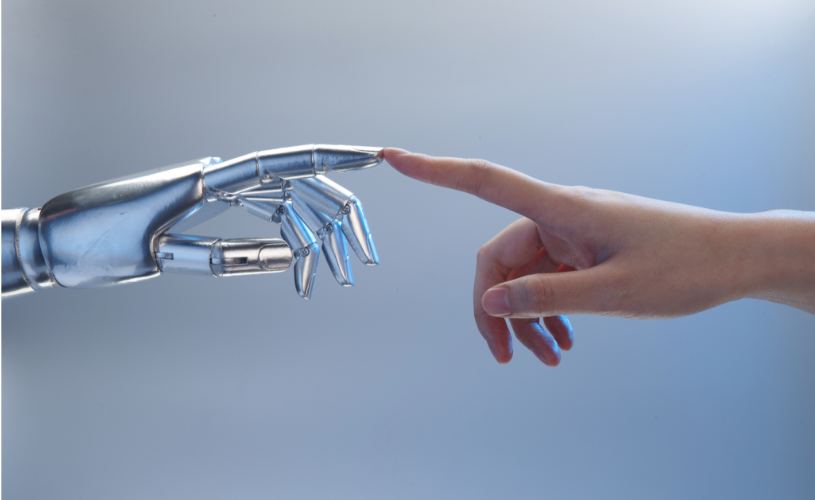
This raises a crucial question: will the entry of giants completely rewrite the existing landscape?
The answer is: possibly, inevitably.
On one hand, giants do indeed bring dimensionality-reducing strikes. With capital, technology, scenarios, and talent in hand, they may swiftly raise the industry threshold once they enter the field, squeezing out a group of small and medium-sized enterprises lacking a moat. On the other hand, they are also "lighting up the track." The high-profile entry of giants reaffirms the commercial value of robots and opens up capital and cooperation channels for startups—it's not uncommon for giants to actively invest in outstanding entrepreneurial teams and drive overall ecological transitions through a combination of "money + scenarios".
In fact, more and more automotive companies are choosing a collaborative path of "investment instead of self-research": for instance, SAIC, BAIC, and others have quickly entered the embodied intelligence layout by strategically investing in emerging teams such as Zhiyuan Robotics and Zhuji Power. This "large factory + startup" combination model may become an industry consensus: giants are responsible for supplying blood, while small factories are responsible for building brains, jointly enhancing the ability to establish a product delivery closed loop.
Ultimately, what will determine the survival of enterprises will no longer be concepts, traffic, or exposure, but delivery capacity.
Whether a robot can be truly scaled up and stably delivered to users, continuously generating value, will become a life-or-death test for all players. This not only concerns research and development and cost control but is also a competition of system capabilities encompassing manufacturing, supply chains, project management, service systems, and commercial landing.
"The prototype era can tell stories, but the delivery era can only demonstrate strength." Entering 2025, capital is no longer paying for prototypes, and the market is no longer voting for the future. Companies that can only show off their muscles and stack parameters but fail to deliver product value are being eliminated. With giants driving up delivery standards, the ability to "deliver faster, at lower costs, and with higher reliability" will become an entry ticket to the new round of the game.
The reshuffle has begun, and the true industrial landscape is emerging from this round of exams.

